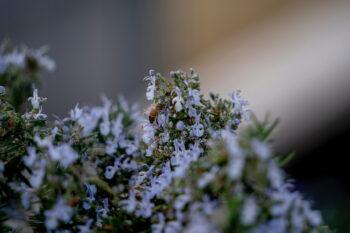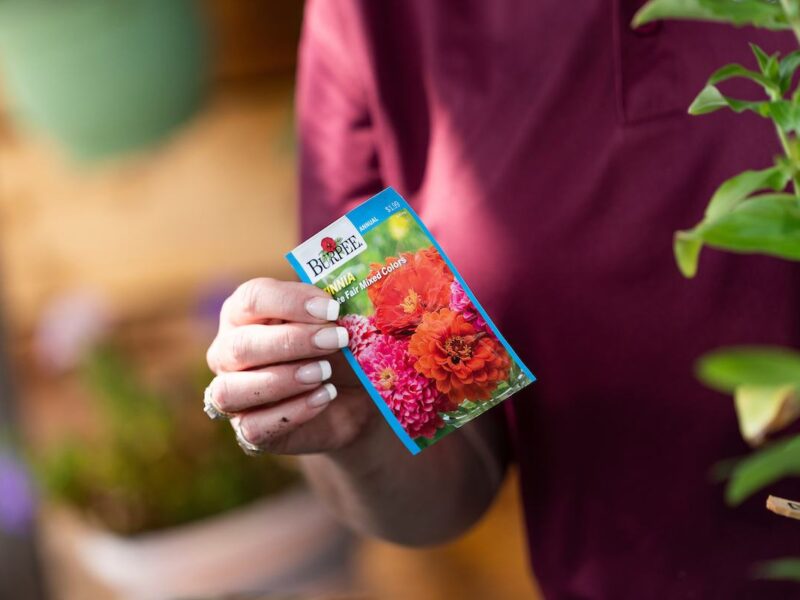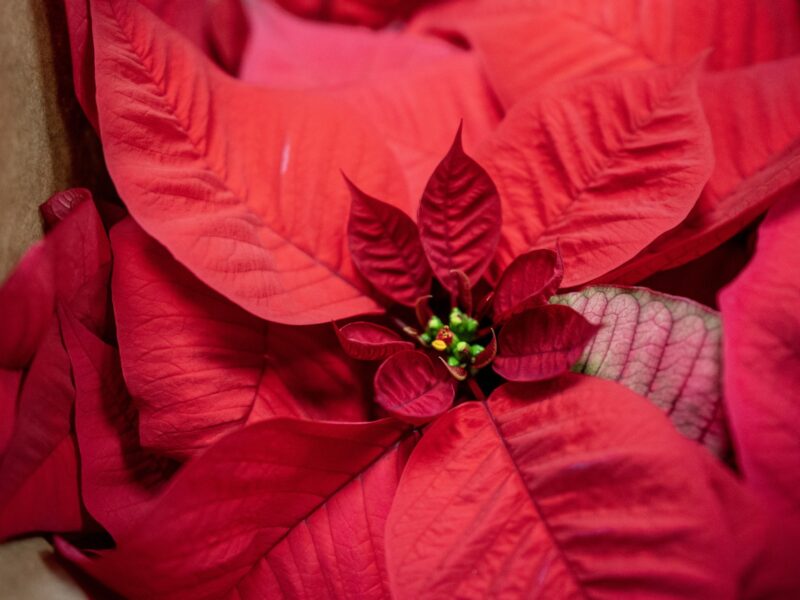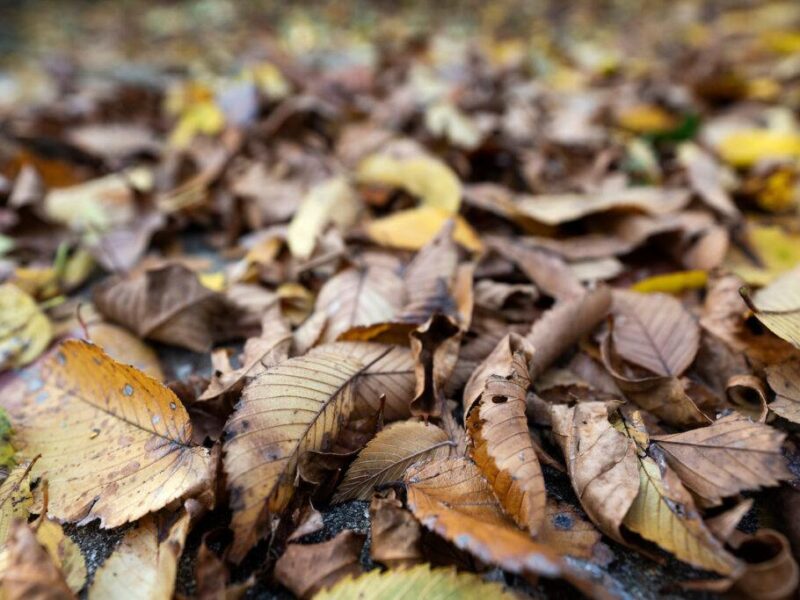How To Help Beneficial Insects Survive Winter

While a decrease in insects as the weather cools is a plus to many people, Texans should keep in mind that beneficial insects in gardens and yards could use a little help.
“Although many insects die off in the colder months, some hibernate while others are still active as needed,” said Dr. Sonja Swiger, Texas A&M AgriLife Extension Service entomologist and professor in the Department of Entomology in the Texas A&M College of Agriculture and Life Sciences, Stephenville.
Some insects have it harder than others depending on where they are in Texas. Some also migrate south to locations where the climate is typically milder. Whether you do a little or a lot, protecting beneficial insects benefits all Texans, Swiger said.
Swiger shared five things that Texans can do right now to help beneficial insects stay safe and survive the winter months.
Keep Some Weeds
While preparing for late autumn and winter, you may be tempted to eliminate weeds and prune back as many plants as you can. Don’t give in to temptation.
“Weeds, perennials and grasses all provide shelter for beneficial bugs in the winter,” Swiger said.
If you’ve already started to prune, pile up cuttings in a corner of the yard or garden and allow it to compost over the winter while providing insects a home.
Some beneficial insects including bees and wasps need the hollow stalks and stems of plants to lay their eggs.
Keeping some weeds around as well as planting perennials can essentially create an insect nursery. And when overwintering eggs, nymphs or larvae, and pupae hatch in the spring, you have a built-in flourishing insect population.
Plant For Pollinators
Winter can be a marathon for some pollinators. Swiger said by planting cold-weather plants and trees that bloom later in the season, you can provide a food source to keep bees and other pollinator insects going through the chillier months.
Regions where winters are on the milder side may see bees outside the hive more frequently. By having an all-season pollinator garden, you can provide them with the energy they need to get through the winter. They will then be ready to race to pollinate once temperatures warm.
Give Them Shelter
While some bees and wasps live in hives or nests, keep in mind that more often than not they are ground nesters. These pollinators will need some loose soil and leaf litter to get through the winter.
“For those hive-dwelling pollinators, keep an eye out for their homes so you can put a plan in place to protect and shelter them,” Swiger said. “Walk around your property and look in eaves and sheds.”
You don’t want to enclose where they are, you just want to provide some protection from the elements. You can utilize wire mesh or add wood protrusions to provide some protection.
Either purchase or make “insect hotels.” These can be anything from what would serve the function of a traditional hive to those designed for the pollinators who prefer no roommates.
Ladybugs will look for crevices and somewhere with moisture when they need to hibernate for the winter. They cannot survive freezing temperatures, which means that under tree bark, a dark garden crevice or your home can all be attractive options for them.
Ladybugs can hibernate in large clusters and though they may look dead for months, most will awake in the spring and start snacking on pesky bugs. Ladybugs and lacewings are beneficial predators that form an insect army to devour aphids and other invaders.
Leave The Leaves
Leaves make a great compost ground cover for beneficial insects and their different life stages. Composting leaves from trees such as oak will not only prepare your beds for spring but leaves also provide sustenance and protection for helpful insects now.
“Leaving one or two inches of leaf litter on the ground can make a big difference for insects,” Swiger said. “This can be concentrated to one area of the yard or a flower bed to keep an area looking tidy and to not impact the grass underneath.”
The caterpillars we see during the fall also need a pile of fallen leaves to overwinter to become the butterflies we’ll get to see in the spring. This is a great reason not to rake, or at least to leave a few piles around your yard.
Avoid Pesticides When Possible And Read The Label
Winter is also a time to avoid treating for pests around the house and inadvertently killing beneficial insects. Pest populations are generally lower during the colder months of the year and can be handled without insecticides. If insecticides are needed, they should be used intermittently or as a spot treatment.
“Keep in mind that there are more beneficial insects than ‘bad bugs’ in most gardens and yards,” Swiger said. “Many beneficial insects also feed on those less desirable ones.”
All pesticides are not created equal. It is important to read the label to ensure that you don’t inadvertently kill beneficial insects or the plants that they live on or feed from. When in doubt, hold out.
Protecting beneficial insects through the colder months will not only help your own garden, but it also helps support agriculture in your area and that benefits everyone, Swiger said.
This article by Susan Himes originally appeared on AgriLife Today.





